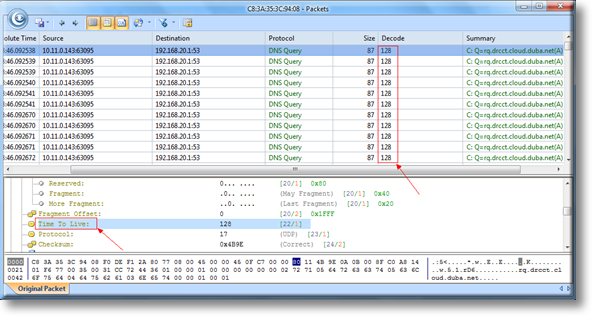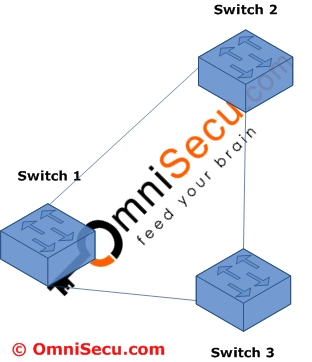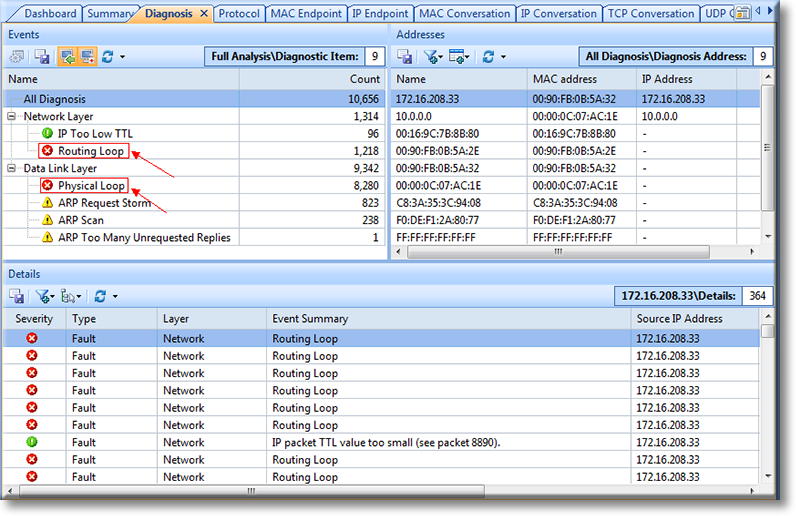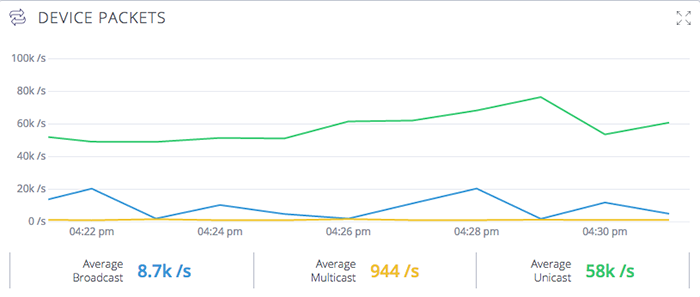Ideal Info About How To Detect Broadcast Storm
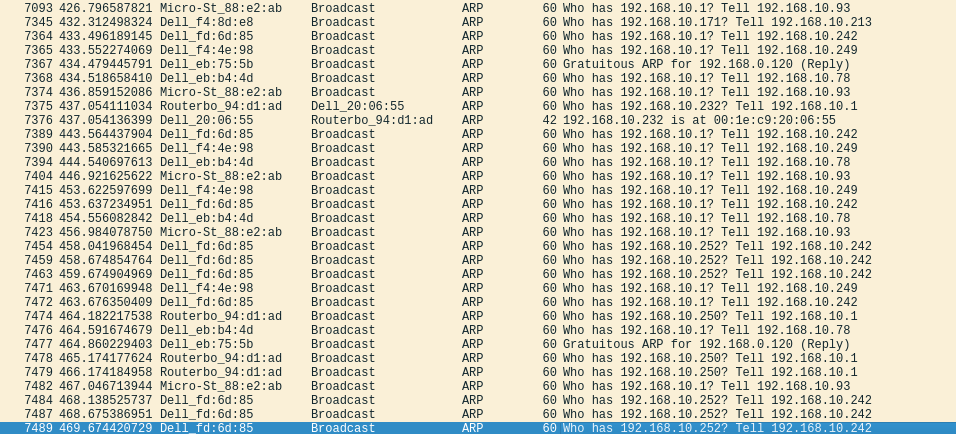
The other option of manually checking ports for broadcast traffic is something i've had to do.
How to detect broadcast storm. Then, open up wireshark, select your nic, and hit “play” (the green fin up top). Best of luck on your quest. In some cases, a broadcast storm can be instigated for the purpose of a denial of service (dos) using one of the packet amplification attacks, such as the smurf attack or fraggle attack, where.
Let wireshark run for about five seconds, then. Select the capture filter button and. Identifying the cause of storms the first step in controlling broadcast and multicast traffic is to identify which devices are involved in a broadcast or multicast storm.
If these are managed switches, you can log into them and see which port has a lot of traffic. You can create multiple broadcast domains, decrease the number of devices in each one of these domains, and that will, of course, limit the number broadcasts per second. Select the show the capture options toolbar button.
I've got a decent sized network in place, using all 48 and some 24 port unifi switches, and a 3 switch 16 xg fiber switches as well to connect all the 24 & 48 port. Select the capture filter button and double click on the broadcast and multicast filter. Select the capture filter button and double click on the broadcast and.
Select the “capture filter” button and double click on the “broadcast. Hi learner this is a ccnp topic. Select the show the capture options toolbar button.
Select start and then go into. Your best bet is to have wireshark sniff the packets then trace the mac back to the equipment. Select the “show the capture options” toolbar button.

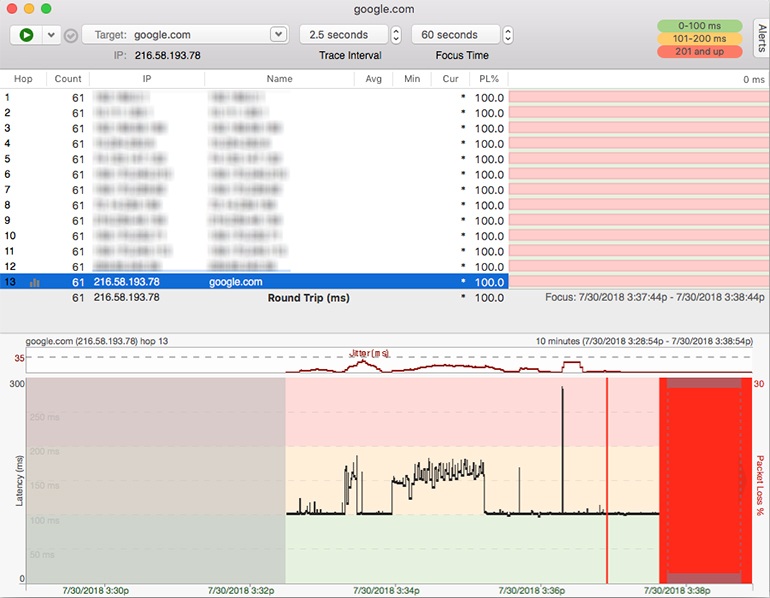
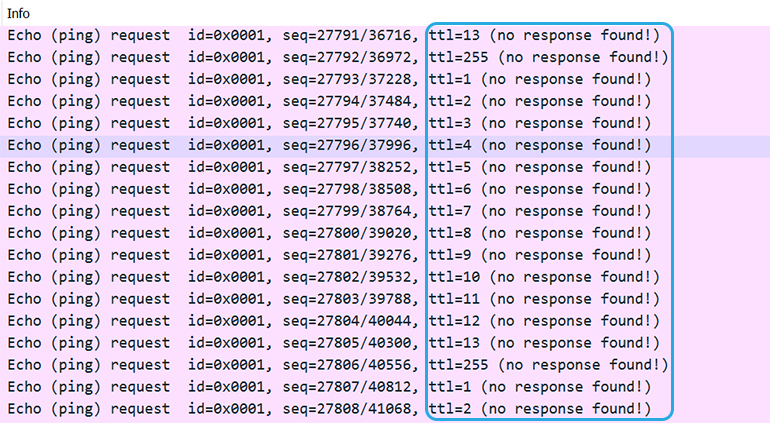
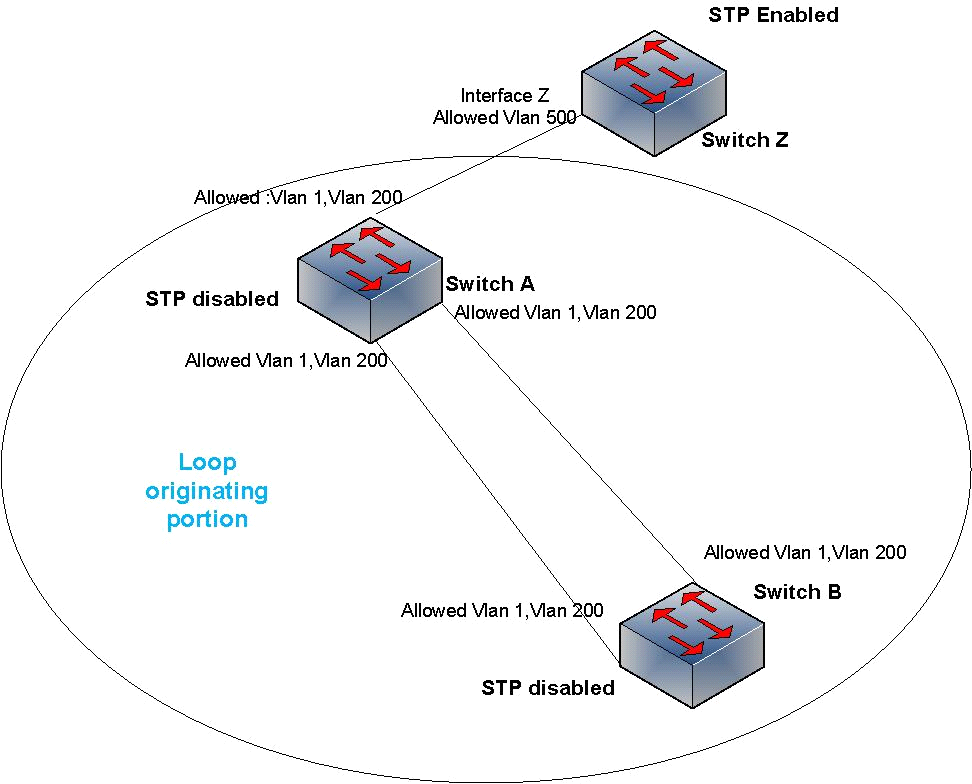
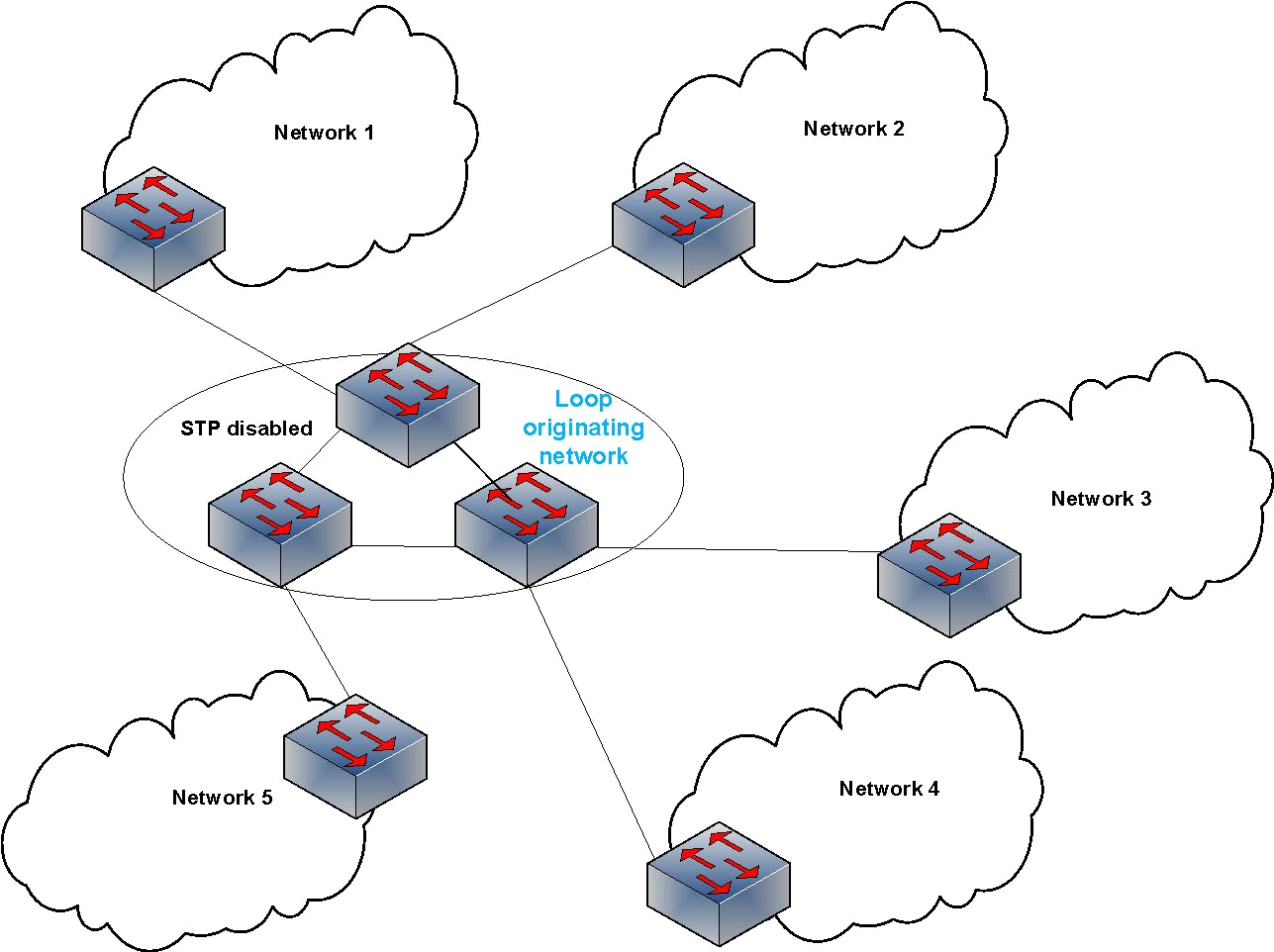



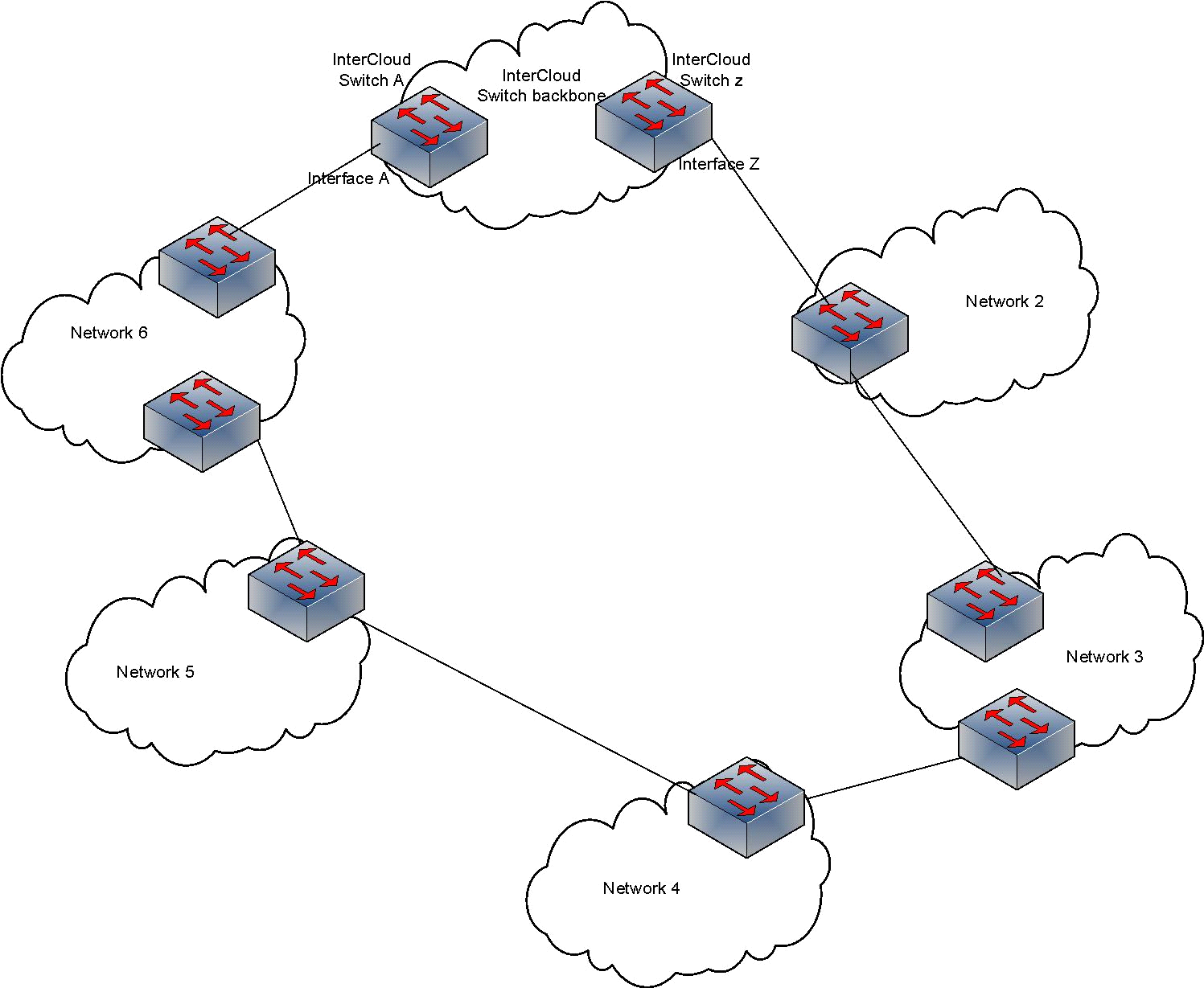
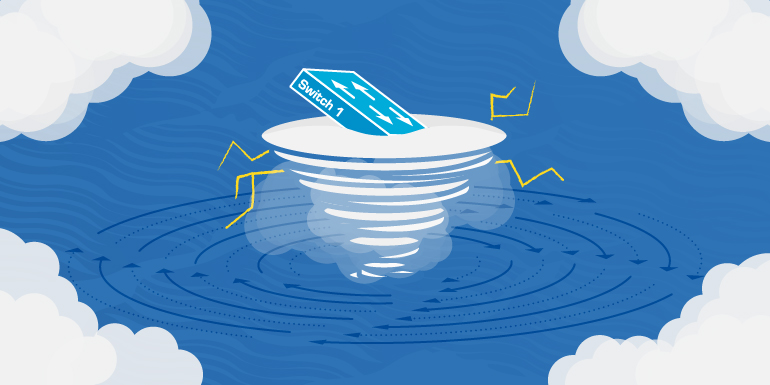

.png)
